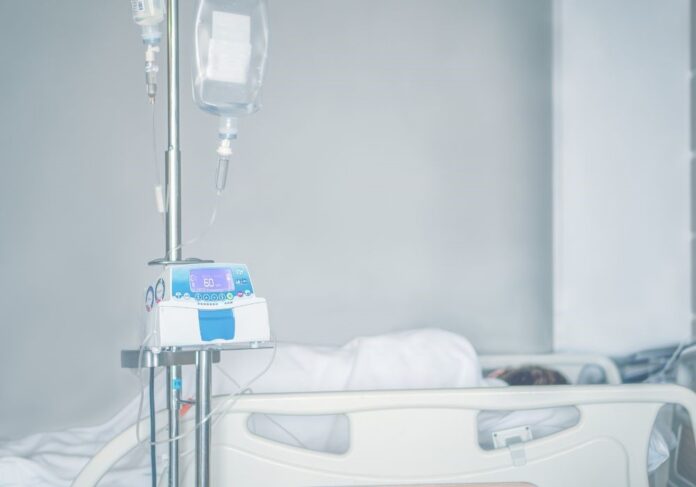Before turning down the use of a PCA pump due to its potential risk factors, here are some of the associated misconceptions and their solutions.
The use of a PCA pump in a healthcare facility drastically impacts the patient’s overall comfort and outcomes, depending on their circumstances. While many healthcare providers will say patients benefit from these devices, some argue there are risks associated with their use. Here are some of the most common misconceptions surrounding PCA pumps and how facilities combat these concerns with optimized care plans.
A Patient May Receive Too Much Medication
A relatively common concern associated with PCA pumps is the number of known errors in administering medication. Many fear that PCA pumps are unsafe because the device could potentially glitch and administer too much medication.
There are two instances where an error could occur: the primary physician could prescribe too much medication or a nurse could program the concentration ratios inaccurately. A way to reduce these concerns is enabling the PCA pump to only administer medications upon patient request via the pump’s button control.
Injuries or Fatalities Can Occur Even if There Are No PCA Errors
Patient control over medication delivery and frequency is one of the most significant advantages of PCA pumps. But another common misconception about these devices is that injury or death may still occur, even when there are no known errors in the PCA pump.
There may have been no human error, but sometimes there are instances where patients prescribed these devices experience respiratory depression. They will begin to breathe slowly and take on an increase in carbon dioxide. This combination can cause cardiopulmonary arrest, regardless of how accurate the physician and nurse were when administering the medications.
Patients Are Only Monitored Using Oximetry
An integral factor in using a PCA pump is adequate and frequent monitoring. Many are concerned that these oxygenated check-ins are insufficient to detect or prevent episodes of respiratory depression. It’s essential to understand that continuous and frequent electronic monitoring occurs any time a PCA pump is in use.
Measuring and monitoring ventilation and oxygenation prevents errors. Having a full scope of knowledge surrounding blood oxygen and carbon dioxide levels is most beneficial to the outcomes. The answer to these concerns is that monitoring only one system at a time is insufficient, and continuous electronic monitoring is vital.
The risk of using a PCA pump for medication delivery is relatively low. Care facilities of any nature and size undergo thorough and comprehensive training on all primary medical devices. It’s also worth noting that when a facility leases its medical equipment, they receive the most up-to-date technology, and this can significantly reduce mechanical error. With these misconceptions in mind, it is easier to navigate the control of a PCA pump and open more doors to positive patient outcomes.
Read Also
- How to Drive Growth Through Customer Centricity in Healthcare

- Maximizing Digital Reach for Podiatry Clinics in Local Healthcare

- Leveraging Virtual Medical Assistants to Maximize Operational Efficiency in Healthcare

- Optimizing CT Protocols: The Hidden Key to Efficiency and Cost Savings in Radiology

- Hospital Discharge Accuracy Improves With Daily Advisor Involvement







